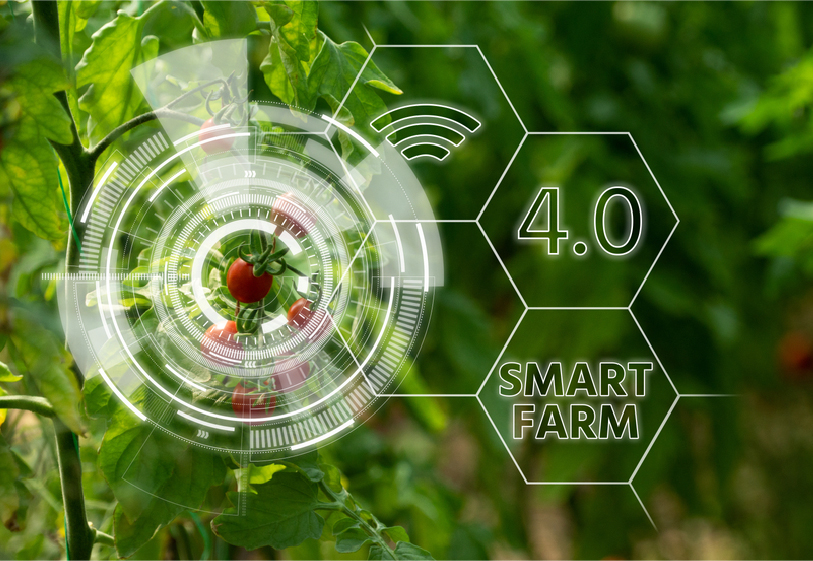
Smart Farming
Today, the agricultural industry has become very important due to crises such as global population growth and food shortages.
The high importance of agriculture has led the IoT to change not only our irrigation and fertilizer system, but also our view of agriculture. In the following, we will talk in detail about smart farming, its benefits and the changes it brings to people's lives.
What is Smart Farming?
Smart farming is an emerging concept that refers to the management of fields with artificial intelligence, the Internet of Things(IOT) and robotics. The purpose of using intelligence in agriculture is to improve the quantity and quality of products and reduce the manpower required during the production process.
Intelligent farming provides farmers with a variety of technologies such as sensors, software, robots, connections, positioning and data analysis. In this way, farmers can control their land anywhere and make the best decision with the useful information obtained from the tools.
In short, the purpose of the Internet of Things in the agricultural industry is to make it data-driven for scientific purposes and thus to increase productivity.
Smart farming is an effective factor in resolving the food crisis
According to a report published on the FAO website in 2020, about 9% of the world's population does not have enough food. To control this crisis, by 2050, agricultural production must increase by 70% to meet the needs of about 9 billion people.
If the agricultural industry continues the current way of producing the crop, we will face a serious food supply problem in the not too distant future. The main problem in the current method is not only the low amount of production. Other factors, such as freshwater scarcity, changes in climate patterns, lack of arable land, and so on, have also caused concern.
Smart farming is the key to solving this crisis. This technology is based on the knowledge and principles of sustainable agriculture and as a result is completely flexible to climate change. On the other hand, while saving water and agricultural space, it will increase the quantity and quality of the product.
Barriers to smart farming
In general, the barriers to smart farming will be removed over time with the advancement of technology. For example, one of the obstacles is that smart farming constantly needs the Internet. Most non-urban areas do not have the necessary infrastructure for high speed internet.
The next issue is the general view of farmers about this technology. Many farmers think that changing the traditional or modern method to the smart method requires a lot of time and money. While learning smart farming and working with tools is not difficult, the initial cost is an investment. In the short term, the initial capital will return to the farmers in various ways. In addition, the implementation of smart agriculture in the future is a necessity, and sooner or later all farmers must use this method to compete with others.
The next obstacle is the ownership of information obtained from each land. The question arises whether the information obtained is for farmers or can smart companies also use it? Protecting personal information and not misusing data is a big challenge for smart companies and farmers.
Smart farming in the global market
The global market for smart farming in 2020 was worth about $ 13.7 billion. This value is estimated to reach $ 22 billion by 2025 with a compound annual growth rate of 9.8%. The reason for this growth is the world's need for more food, farmers' desire for smart methods and their focus on product quality and quantity. It is said that if the COVID-19 virus had not spread, the growth of the smart farming market would have been even greater.
According to regional analysis, North America plays an important role in smart farming. This is due to the government's focus on agricultural research activities and the reduction of manpower. It is in the second place in Europe. The main motivation for the growth of smart farming in Europe can be considered the increasing need for food and dairy products. Highly populated countries such as China and India have also made significant progress in smart farming due to their growing population.


